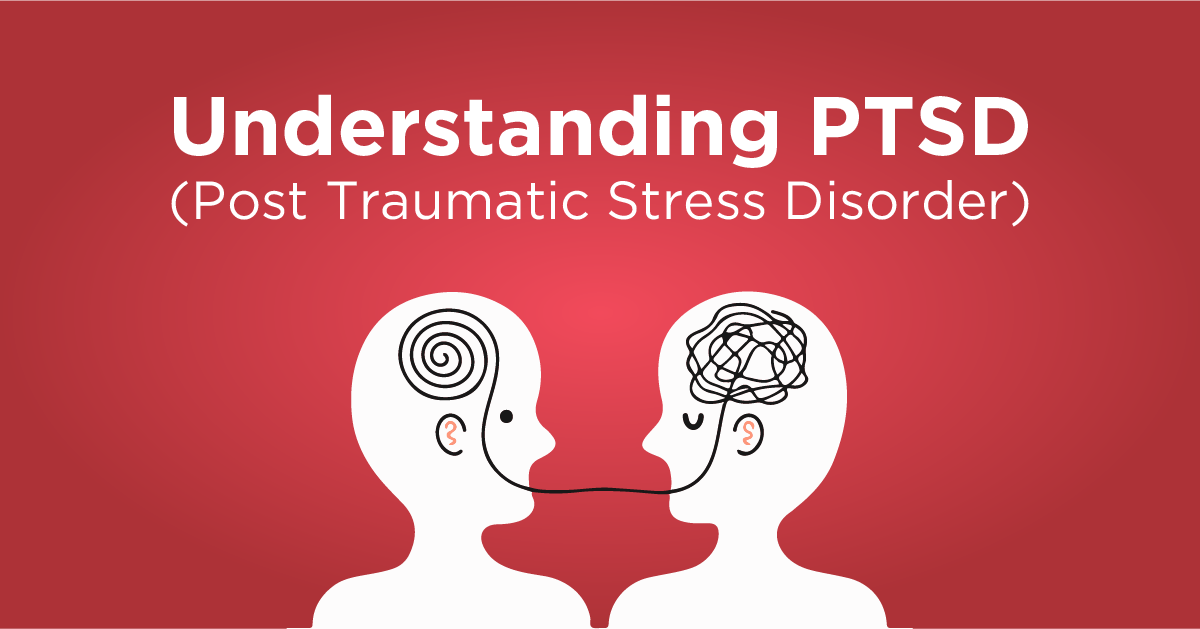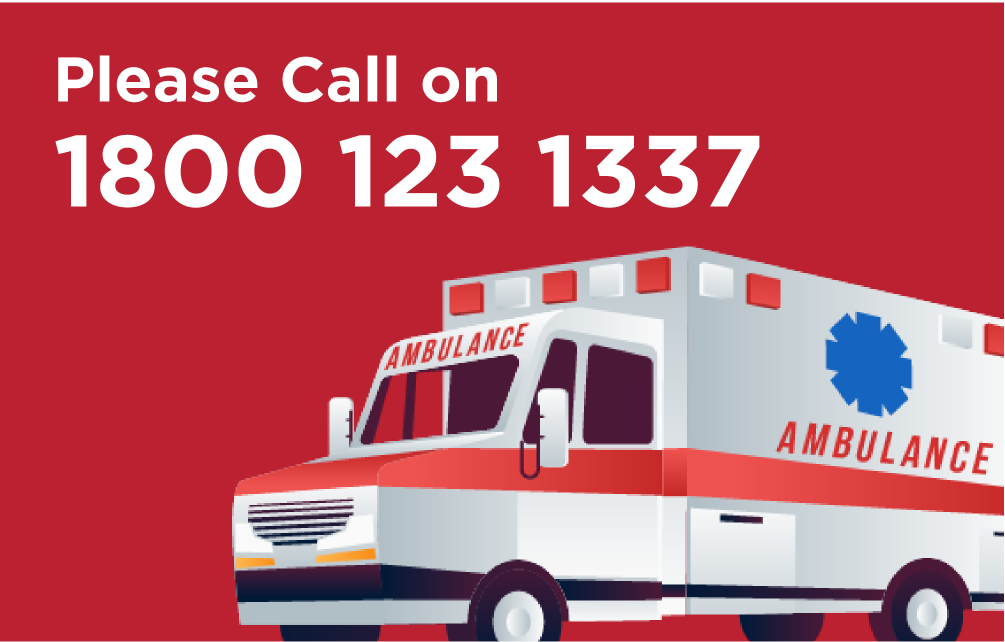
What is PTSD?
Post-traumatic stress disorder (PTSD) is a mental health problem a person may develop after experiencing traumatic events. PTSD was first diagnosed in war veterans and was often called a shell shock
While some people have heard about this disorder, there are lots of misconceptions about PTSD. For example, people may wrongly assume it means the person is ‘dwelling’ on past events. They might even suggest that the person suffering should ‘get over it’ or ‘move on. However, having PTSD isn’t a choice or a sign of weakness. Moreover, it is also important to remember that you are not alone. Let’s learn what PTSD is and how people suffering from it can’t just “move on”.
What are the PTSD symptoms?
Each person’s experience of PTSD is unique to them. A person might have experienced a similar type of trauma as someone else but still be affected in different ways.
The reason behind this can be due to that person’s nervous system and tolerance for stress. Hence, people may experience some, none or all of these symptoms shared below
- Re-experiencing the traumatic event through intrusive memories, flashbacks, nightmares, or intense mental or physical reactions when reminded of the trauma.
- Avoidance and numbing, such as avoiding anything that reminds you of the trauma, being unable to remember aspects of the ordeal, a loss of interest in activities and life in general, feeling emotionally numb and detached from others, and a sense of a limited future.
- Hyperarousal, including sleep problems, irritability, hypervigilance (on constant “red alert”), feeling jumpy or easily startled, angry outbursts, and aggressive, self-destructive, or reckless behavior.
- Thought and mood changes like feeling alienated and alone, difficulty concentrating or remembering, depression and hopelessness, feeling distrust and betrayal, and feeling guilt, shame, or self-blame.
If someone is experiencing symptoms of PTSD, they might also find that they have difficulty with some everyday aspects of their life, such as:
- Looking after themself
- Holding down a job
- Maintaining friendships or relationships
- Remembering things and making decisions
- Sex drive
- Coping with change
- Simply enjoying leisure time.
What are the causes of PTSD?
There are many different harmful or life-threatening events that might cause someone to develop PTSD. For example:
- Serious accidents
- Military combat
- Violent personal assault (sexual assault, physical attack, abuse, robbery, mugging)
- Being taken, hostage
- Terrorist attack
- Being a prisoner-of-war
- Natural or man-made disasters
- Being diagnosed with a life-threatening illness.
- Even hearing about the unexpected injury or violent death of a family member or close friend can start PTSD.
In addition to this, not everyone who has experienced a traumatic event will develop PTSD. There is no way of knowing who will develop post-traumatic stress disorder after a traumatizing event. The chances of developing it and how severe it is vary based on things like personality, history of mental health issues, social support, family history, childhood experiences, current stress levels, and the nature of the traumatic event.
Diagnosis of PTSD
To begin, symptoms of PTSD start showing 3 months after a traumatic event. In some cases, symptoms may emerge years afterward. For a diagnosis of PTSD, symptoms must last more than one month. Symptoms of depression, anxiety, or substance use often accompany PTSD. Diagnosis is based on psychological evaluations of the signs and symptoms a person is experiencing.
What are the PTSD treatments available?
The types of treatment available for PTSD include:
- Trauma-focused cognitive-behavioral therapy involves gradually “exposing” yourself to feelings and situations that remind you of the trauma, and replacing distorted and irrational thoughts about the experience with a more balanced picture.
- Family therapy can help your loved ones understand what you’re going through and help you work through relationship problems together as a family.
- Medication is sometimes prescribed to people with PTSD. This helps to relieve secondary symptoms of depression or anxiety, although they do not treat the causes of PTSD.
- EMDR (Eye Movement Desensitisation and reprocessing) is a technique that uses eye movements to help the brain process flashbacks and to make sense of the traumatic experience.
Besides the above medical treatments, support from family and friends is very important for most people. Trying, as far as possible, to minimize other stressful life experiences allows the person to focus more on his/her recovery. If a person feels very distressed at any time after a traumatic event, he/she should talk to a doctor or other health professional. If a person experiences symptoms of PTSD that persist beyond two weeks, a doctor or a mental health professional may recommend starting treatment for PTSD.
Learn more about Mental Health and other mental disorders
Psychologists, therapists, or psychiatrists can help people with PTSD deal with hurtful thoughts and bad feelings and get back to a normal life. Regency Hospital is equipped with experienced and expert psychologists, therapists, and psychiatrists who can help patients manage their PTSD.

 Call-an-Ambulance
Call-an-Ambulance



